We all know the story. How Mary and Joseph traveled to Bethlehem to be taxed and that is where sweet baby Jesus was born. Did you know that Bethlehem means “House of Bread?” Pretty interesting when you realize that later in His life Jesus Christ would proclaim,

He taught this after feeding the 5,000 with just five loaves of bread and two fish. Jesus also broke bread with sinners and publicans, sharing a meal at their table. Bread, or a variation of it, is a staple in all cultures of the world. It’s a reminder to all of God’s children, wherever they are, to look to His Son to find spiritual nourishment. This is what Jesus was teaching at the Last Supper when he broke bread with his apostles.
Some of my favorite memories involve bread. Rolling out tortillas with my grandmother and mother, dipping crusty baguettes into shrimp soup my grandfather made, and now grinding wheat to bake bread for my own family. We can be like Jesus providing bread for the hungry or inviting others to eat with us. This simple act helps to #LightTheWorld!
I designed this service kit to be an easy way to teach your children that Jesus is the Bread of Life and His birth reminds us of that because of where he was born, in Bethlehem, the House of Bread.
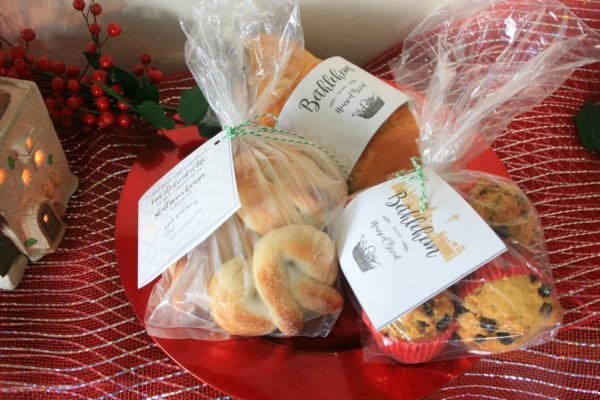
The kit contains a simple lesson with scriptures to read as a family. It has three tried and true bread recipes for french bread, pretzels, and pumpkin muffins. There are bread wrappers for the loaves and tags to stick on the bags of pretzels or muffins.
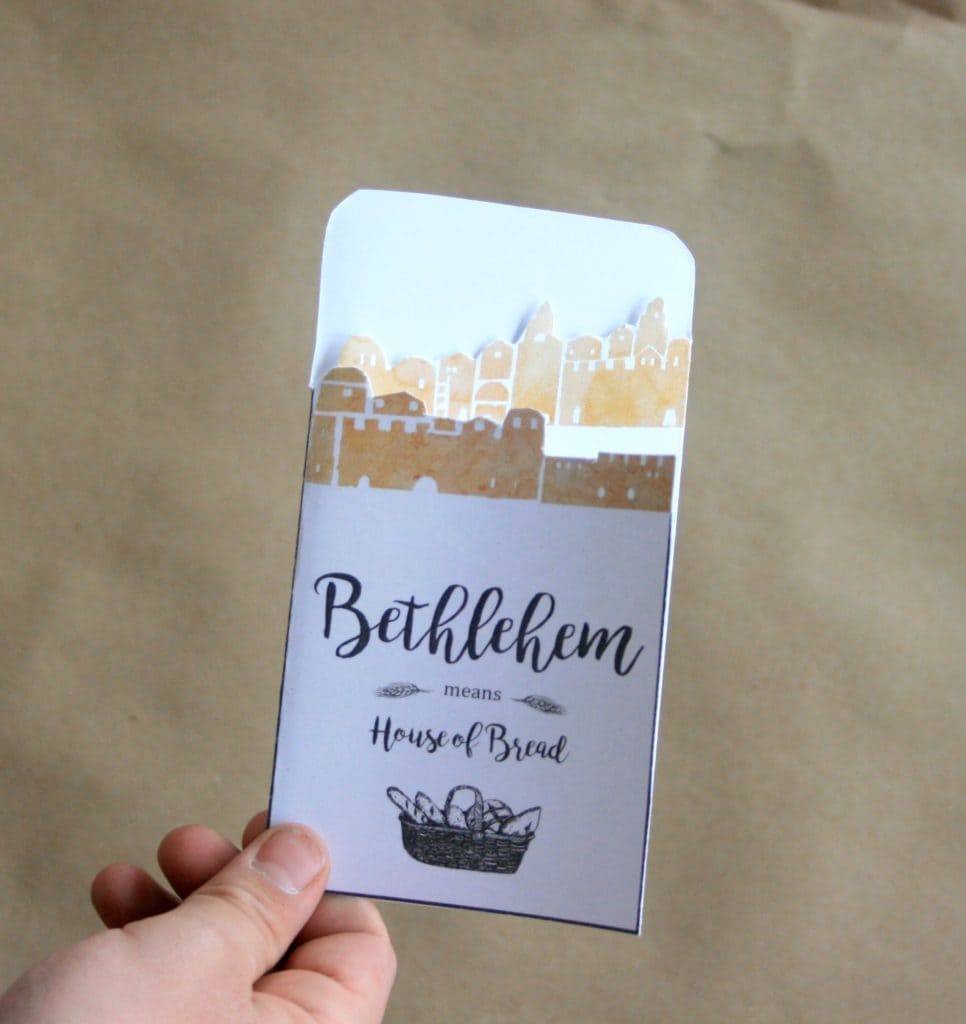
A super easy Little Town of Bethlehem card to send to family and friends is included.
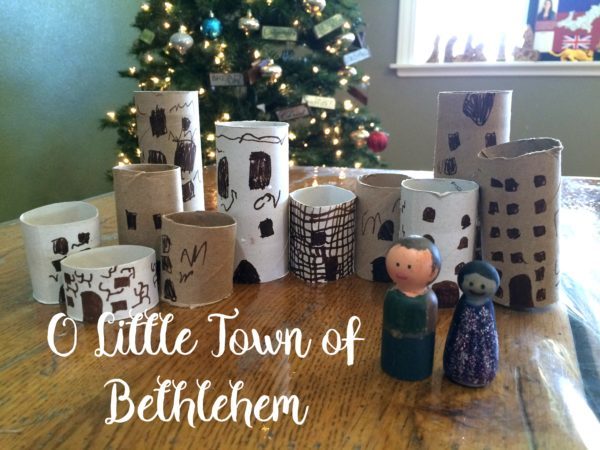
There is also a fun craft activity to build your own town of Bethlehem from paper towel or toilet paper tubes.
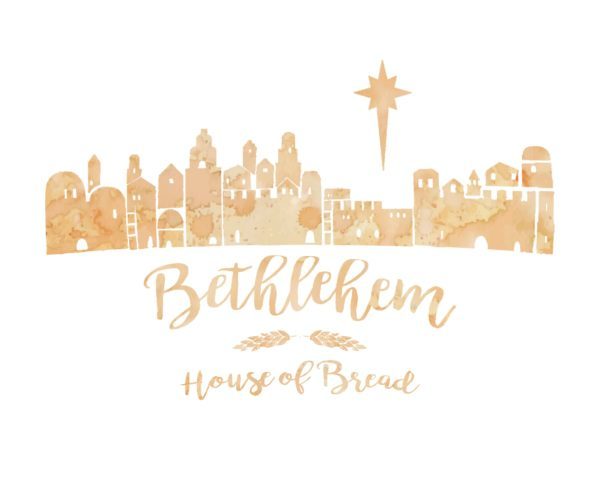 And, of course, a watercolor print to remind the whole family what Bethlehem means.
And, of course, a watercolor print to remind the whole family what Bethlehem means.
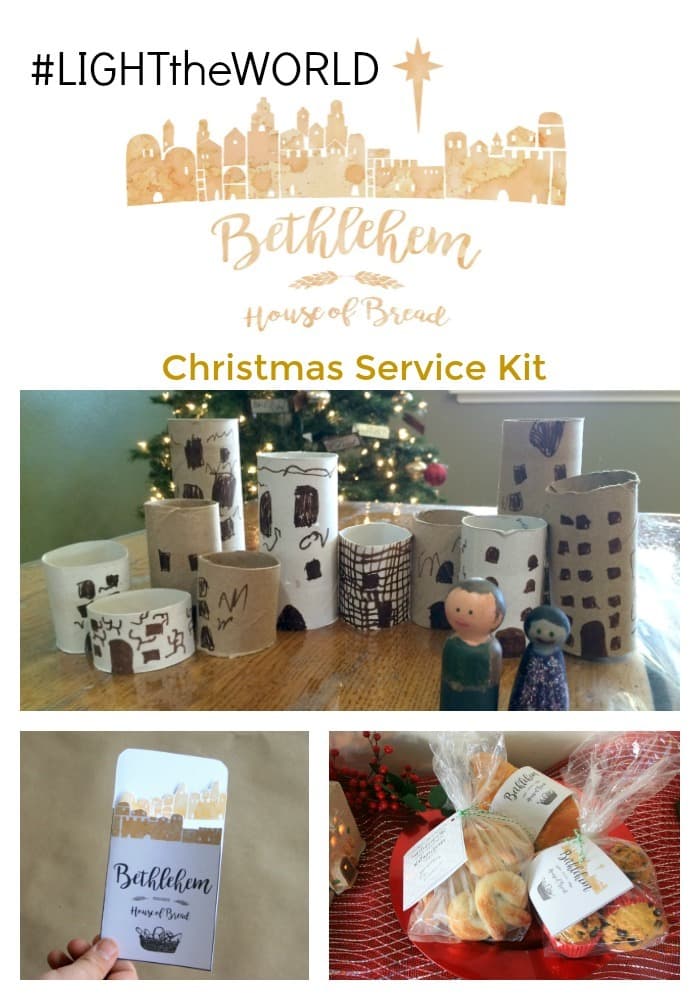
You can download the Bethlehem Means House of Bread service kit below. If you do this activity please share it on social media! Be sure to use the hashtag #LIGHTtheWORLD.
You can make the bread and share it with others all on its own or combine it with this Dinner on Your Doorstep kit from Laura at Pink Cake Plate! It goes perfectly with December 7th’s theme to feed the hungry.
Laura created these tags to attach to disposable pans in which you’ve made a main dish, side dish and dessert to leave on someone’s doorstep as a surprise. Aren’t they cute? Her kit includes recipes to make but you can certainly bake your own instead.
Download the Dinner on Your Doorstep kit below. It doesn’t take much more work to double your favorite dinner recipe to share with someone in need of a pick-me-up! To find more ways others have used the Dinner on Your Doorstep kit look here on Sugardoodle.
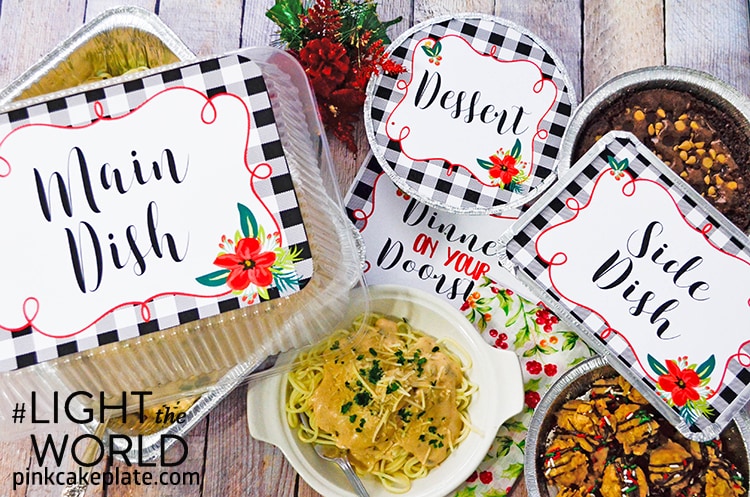
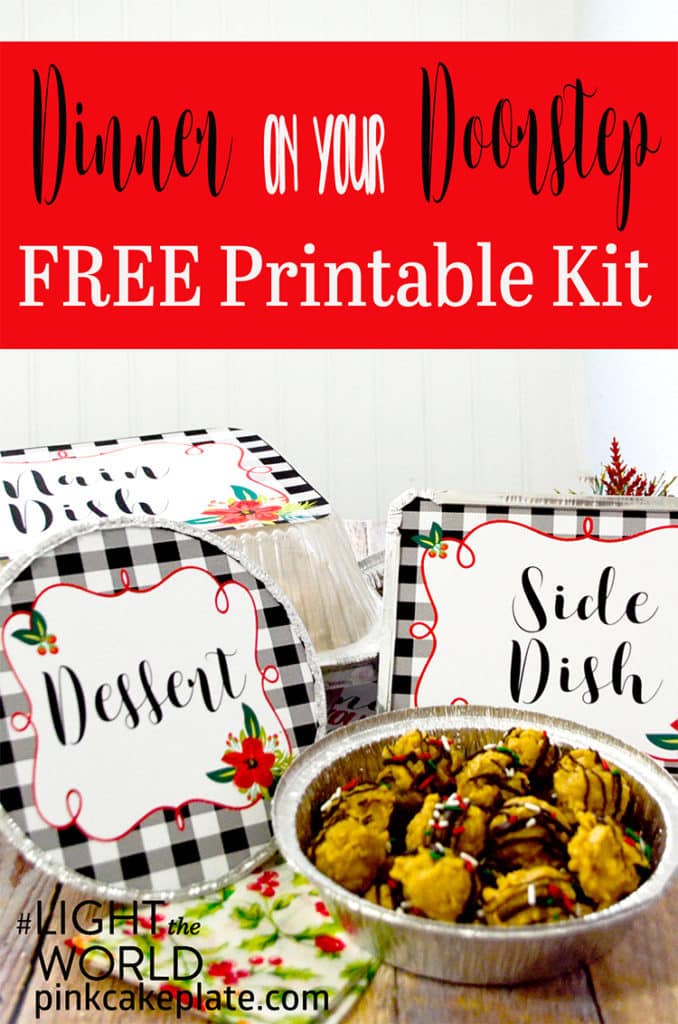
This is fabulous! Just what I was looking for. Thanks so much.
“I am the bread of life; whoever comes to me shall not hunger, and whoever believes in me shall never thirst.”
This is a phenomenal statement! First, by equating Himself with bread, Jesus is saying he is essential for life. Second, the life Jesus is referring to is not physical life, but eternal life. Jesus is trying to get the Jews’ thinking off of the physical realm and into the spiritual realm. He is contrasting what He brings as their Messiah with the bread He miraculously created the day before. That was physical bread that perishes. He is spiritual bread that brings eternal life.
Third, and very important, Jesus is making another claim to deity. This statement is the first of the “I AM” statements in John’s Gospel. The phrase “I AM” is the covenant name of God (Yahweh, or YHWH), revealed to Moses at the burning bush (Exodus 3:14). The phrase speaks of self-sufficient existence (or what theologians refer to as “aseity”), which is an attribute only God possesses. It is also a phrase the Jews who were listening would have automatically understood as a claim to deity.
Fourth, notice the words “come” and “believe.” This is an invitation for those listening to place their faith in Jesus as the Messiah and Son of God. This invitation to come is found throughout John’s Gospel. Coming to Jesus involves making a choice to forsake the world and follow Him. Believing in Jesus means placing our faith in Him that He is who He says He is, that He will do what He says He will do, and that He is the only one who can.
Fifth, there are the words “hunger and thirst.” Again, it must be noted that Jesus isn’t talking about alleviating physical hunger and thirst. The key is found in another statement Jesus made, back in His Sermon on the Mount. In Matthew 5:6, Jesus says, “Blessed are those who hunger and thirst for righteousness, for they shall be satisfied.” When Jesus says those who come to Him will never hunger and those who believe in Him will never thirst, He is saying He will satisfy our hunger and thirst to be made righteous in the sight of God.
If there is anything the history of human religion tells us, it is that people seek to earn their way to heaven. This is such a basic human desire because God created us with eternity in mind. The Bible says God has placed [the desire for] eternity in our hearts (Ecclesiastes 3:11). The Bible also tells us that there is nothing we can do to earn our way to heaven because we’ve all sinned (Romans 3:23) and the only thing our sin earns us is death (Romans 6:23). There is no one who is righteous in himself (Romans 3:10). Our dilemma is we have a desire we cannot fulfill, no matter what we do. That is where Jesus comes in. He, and He alone, can fulfill that desire in our hearts for righteousness through his dying in our place: “For our sake he made him to be sin who knew no sin, so that in him we might become the righteousness of God” (2 Corinthians 5:21). When Christ died on the cross, He took the sins of mankind upon Himself and made atonement for them. When we place our faith in Him, our sins are imputed to Jesus, and His righteousness is imputed to us. Jesus satisfies our hunger and thirst for righteousness. He truly is our Bread of Life.